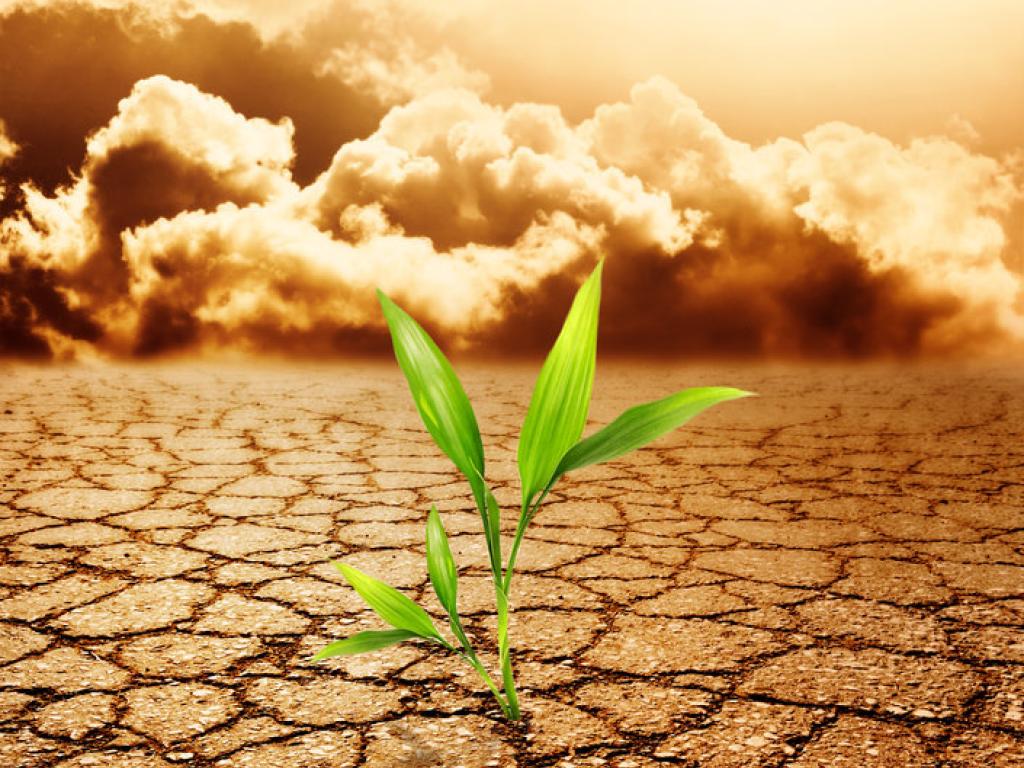The evolution of resilience thinking in socio-ecological systems

By Omagano Shooya, ACDI Masters Student, Class of 2016
“Why should you think of resilience differently? Does it not refer to maintaining the status quo? Should you not opt for using the word transformation instead?” were some of the questions raised at the end of Lucy Rodina's proposed doctoral study presentation hosted by the ACDI two weeks ago. Her study is titled “Tracing and situating water resilience in Cape Town” and aims to investigate key themes in resilience thinking as they apply to urban water governance, with specific attention to droughts, floods and associated water-related risks, such as water pollution. The questions raised at the end of her presentation were a clear indication that there is some sort of confusion about the concept of resilience and what it entails in [socio-ecological] systems’ ability to resist or avert disasters. In order to understand this confusion I tried to trace resilience thinking and came up with the following:
Resilience has mostly been defined as positive adaptation in spite of adversity. The origin of the concept of resilience is unclear, but many scholars that try to understand the strength of people, objects and systems under stress, believe that the term resilience was introduced by C.S. Holling in his breakthrough paper on systems ecology in 1973. In reality, however, the term resilience has a much longer and diverse history as it originates from the term resilire, reilio which in Latin means “bounce”, hence the idea of “bouncing back”, and can be traced back to as far as the proverbs of St. Jerome (AD 347–420).
Research on resilience has gone through many stages over the past 40+ years. In the 1970’s the concept of resilience represented an evolution in the way disasters were being considered and faced as it generally referred to ways in which capacities were mobilised in times of crisis in order to mirror coping strategies.
In 2002, the United Nations Strategy for Disaster Reduction (UNSDR) adopted the concept of resilience as “the capacity of a system, community or society to resist or change in order that it may obtain an acceptable level of functioning and structure.” This definition, however, conflicted with the different development policies which tried to make post-disaster reconstruction an opportunity to foster development. This definition was seen to promote the initial scenario before the disaster occurred. The concept has since evolved and now refers to the “ability of a system, community or society exposed to hazards to resist, absorb, accommodate to and recover from the effects of a hazard in a timely and efficient manner, including through the preservation and restoration of its essential basic structures and function” as defined by the UNSDR.
In socio-ecological systems the term resilience is framed similarly to that of the United Nations Strategy for Disaster Reduction. The ecological resilience concept assumes multiple states. It is described as “the capacity of a social-ecological system to absorb or withstand stressors such that the system remains within the same regime, essentially maintaining its structure and functions. It describes the degree to which the system is capable of self-organisation, learning and adaptation.” It is believed that when resilience is increased, the system is more able to handle disturbances without collapsing into another state that is controlled by different processes that the system is not familiar with. These unfamiliar processes are what would make the system vulnerable. Furthermore, resilience in social-ecological systems has the added capacity of humans to anticipate change and influence future pathways.
Transformation, on the other hand, involves great change or the capacity to create new systems when ecological, economic and/or social conditions make the system that exists weak. In the context of sustainability it requires a radical, systemic shift in values and beliefs, patterns of social behaviour, and multilevel governance and management administrations. Transformation can be described as a process with three distinct stages:
- preparing for change,
- navigating the transition, and
- building resilience of the new course of development.
Modern researchers have found that resilience factors vary in different risk contexts. This has contributed to the notion that resilience is a process. Resilience thinking will continue to evolve over the next coming years and take on different shapes and forms. I think it is important to look beyond the word itself – what is important is that an action is triggered that increases a community or society’s ability to withstand a stressor or perturbation.
Disclaimer: The views expressed here are solely those of the author in her private capacity